
by Dr Manjir Samanta-Laughton | Feb 26, 2020 | Punk Science, Science
As predicted by The Black Hole Principle, Betelgeuse is now getting brighter. We shall explore why this was predicted according to the theory.
Is Betelgeuse about to ‘go supernova?
As discussed in a previous episode of Punk Science TV, the world has been waiting with bated breath ever since it was observed that the star Betelgeuse has been dimming more than usual. The star actually has some variability anyway but recent months saw an unusually severe dip in brightness.
This got a lot of people excited that the star might be about to explode and ‘go supernova’.
Reality and Fantasy
Sadly for mainstream astrophysicists, their interpretations of how the universe works compared to how the universe actually works are very different.
As seen in my previous blog, The Supernova that refused to die, even stars that were supposed to have exploded long ago, can reappear again, much to the amazement of mainstream scientists.
The only theory to have predicted actual reality
That’s because they are not explosions. The Black Hole Principle is possibly the only theory of the universe to actually successfully predict the way the universe actually behaves.
We will talk about what happens at the edge of a black hole but every Black Hole Principle object from stars to volcanoes act in the same way. Due to the breathing motion at the edge of the black hole, we expect there to be fluctuations in light and radiation that is emitted.

The Black Hole Principle
The pattern of these emissions can seem random to us. Sometimes the bursts are regular, sometimes they are far apart and sometimes, so much radiation is given off that we are convinced that the star must have exploded.
In the case of Betelgeuse, it was thought to be the first time that we would witness a star before it exploded. But as I predicted, Betelgeuse has started to brighten again and has not exploded.
The Black Hole Principle predicts the universe yet again!
Once you understand The Black Hole Principle, who know how the universe really behaves and not just projections from outmoded ideas.
If you want o know more about how the universe really works, subscribe below. Thank you.

by Dr Manjir Samanta-Laughton | Feb 19, 2020 | Punk Science, Science
Diamonds in space
We think of diamonds as rare gems created in the bowels of the Earth by the compression of coal, so why are there so many diamonds in space?
Diamonds are often found on Earth in vertical shafts called Kimberlite pipes. These are named after the diamond-rich town of Kimberley, South Africa.

Diamonds and black holes
I noticed there was a similarity between these vertical shafts and the bipolar jets in black holes.
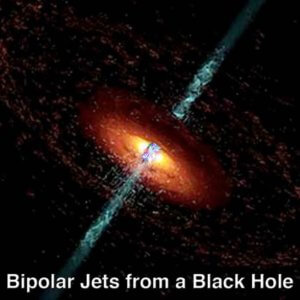
I thought to myself, if I am right and diamonds are created in these energetic jets by the Black Hole Principle then there should be diamonds all over space.
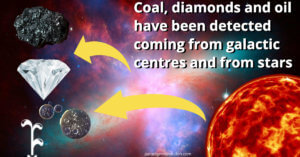
It’s raining diamonds!
Well, sure enough, it rains diamonds on many different planets including Saturn, Jupiter and Neptune. As you may remember water and rain formation is linked to the Black Hole Principle.
There is even a white dwarf star which has a diamond core and there are micro diamonds coming out of stars.
Conclusion
Obviously we need to do some more work on this but it looks like diamonds are created by the Black Hole Principle and the intense pressures and energies in the jets.
Hope you enjoyed this episode, follow and subscribe for more Punk Science TV.

by Dr Manjir Samanta-Laughton | Feb 12, 2020 | Punk Science, Science
Water has been found in Deep Space
In 2011, scientists announced that they had found a massive reservoir of water in space many times larger than our oceans.
It was in the vicinity of a black hole. So what is going on?
Water everywhere!
We used to think that water was rare in the universe but now we are founding it all over the place even coming out of stars including our own sun.
On Mars, Pluto and on various moons.
It’s important to note that it is coming out in discrete jets. So it’s not sheets of ice melting of a comet for example – these are jets.
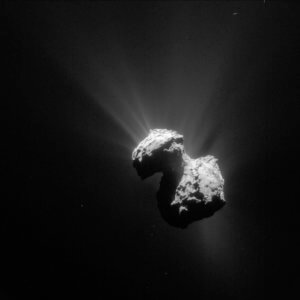
Comet Jets. Credit: ESA/Rosetta/NAVCAM, CC BY-SA IGO 3.0
The same pattern at every level
Back in 2006, I published that the same mechanism that creates thunderstorms is also behind galactic black holes. There is antimatter, gamma-ray bursts and electrons at almost the speed of light.
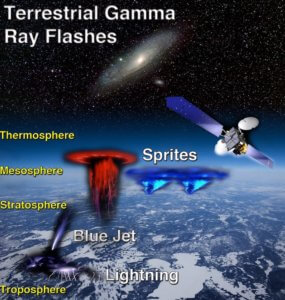
Image: NASA, James Gordon Graham
Storms also produce water in the form of rain and I was a bit concerned to say that water is produced in this way in galaxies too.
However, I didn’t have to wait long as scientists soon found water across the universe and even been produced by black holes themselves.
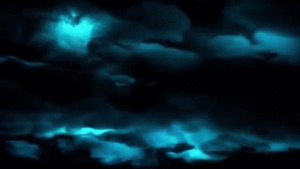
Credit: Pixabay
Conclusions
So there you have it, water is being produced by black holes at every level of the universe.
We have even found a reservoir of water deep in the Earth suggesting that this is where our oceans actually come from.
Hope you enjoyed that episode of Punk Science TV. Subscribe for more and see you next time.
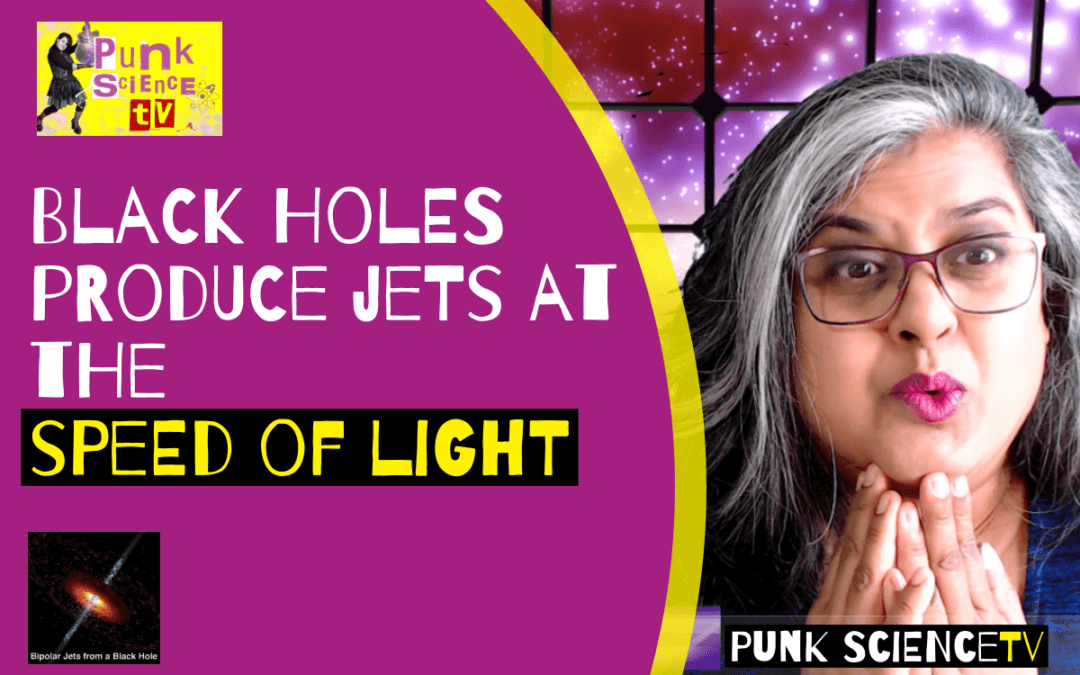
by Dr Manjir Samanta-Laughton | Feb 5, 2020 | Punk Science, Science
Why are jets coming out of the famous black hole at almost the speed of light?
Since 2003 when The Black Hole Principle downloaded into my consciousness, there have been many times when I have predicted the way in which the universe works and those predictions have been correct. And it was all the way back then, that I first published that black holes give out jets at the speed of light.
I hate to say I told you so!
So when the announcement came that the most famous black hole in the world, the one that was imaged for the first time in 2019, was emitting jets at the speed of light, I was not surprised. It is even in this announcement that jets or charged particles were seen coming out of the black hole M87.
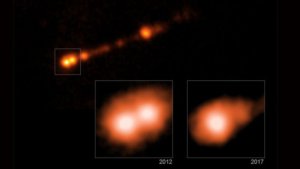
Jets from M87 Credit: NASA
The Explanation
This is classic behaviour of The Black Hole Principle which says that most of the universe lies beyond the speed of light, beyond our normal perception. At the interface of the black hole, light spirals in from these higher dimensions and then comes to the edge of our reality where it splits into matter and antimatter creating material at just below the speed of light, because it has just slowed down to this dimension.

The Black Hole Principle
In fact, we see these jets around stars and planets too, all the way down to the quark level – it is the same pattern just at different scales.
Understanding The Black Hole Principle is key to understanding why the jets are close to the speed of light and why they are produced in bipolar jets.
Let’s face it, Black Holes are creative!
So what do you think of the announcement that black hole produce jets at the speed of light? Do you think it is time for a new paradigm in which black holes are seen as creative? After all, the 1:1 relationship of the ratio between the size of the supermassive black hole in the centre of a galaxy and the galaxy itself has been recorded for some time now.
It’s time we started calling a spade a spade: Black Holes are Creative!
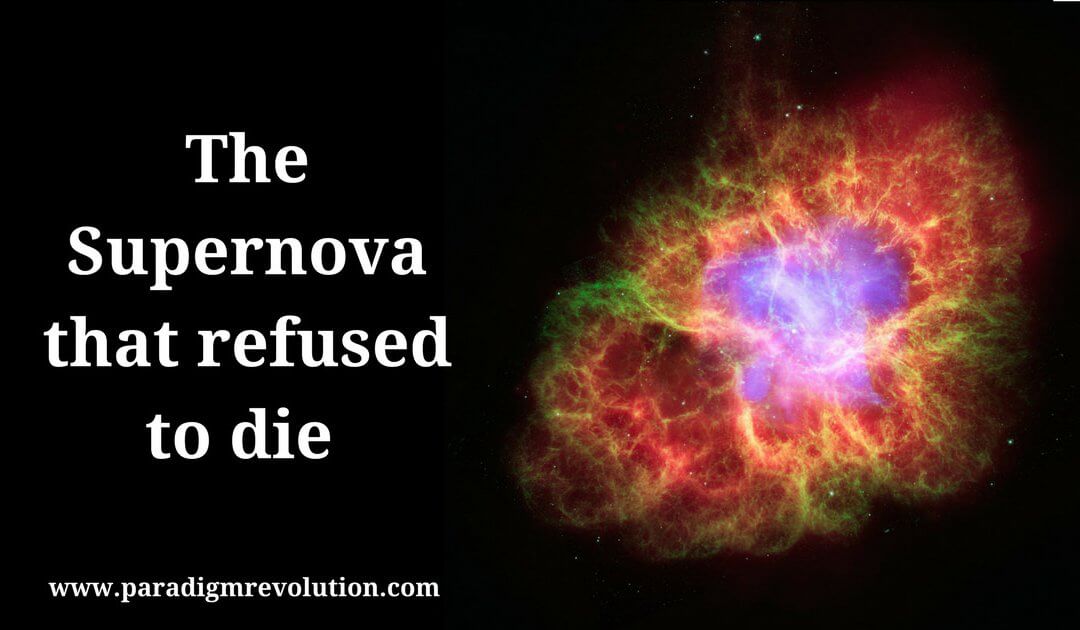
by Dr Manjir Samanta-Laughton | Dec 26, 2017 | Paradigm Revolution, Punk Science
The supernova that refused to die and what it can tell us about our universe
There are many articles in popular astronomy news that attract my attention because they report cases where the universe does something that defies current explanations. This is for the simple reason that current explanations are actually outmoded and not how the universe works, therefore observations will contradict current theories.
The Black Hole Principle is a much more accurate picture of the universe, which will also be eventually superseded, but for now and the foreseeable future, it is our best fit for the universe.
I read many articles which follow a theme – The Black Hole Principle fit the observations much better than current mainstream theories. A great example of such an article is the case of the supernova that refused to die.
A Rebel Star?
This is the story of supernova called iPTF14hls spotted by scientists in San Diego 2014. At first, the behaviour of this supernova appeared to fit the picture of an explosion of a dying star. These supernova events can be so great that they momentarily rival the brightness of an entire galaxy.
Except this supernova iPTF14hls, refuses to play by the rules. Instead of fading away, it has actually been observed to become brighter. Astronomers expected the supernova’s brightness to dim over the period of 100 days but this did not happen. To top it off, a supernova was seen in this same location in 1954 which means this could be the same event spanning 60 years!
This errant supernova led astrophysicist, Stanford Woosley at the University of California, Santa Cruz to remark to Space.com, “I’m not sure, and I don’t think anyone else is sure, just what the hell is happening. And yet it happened, and so it begs explanation.”
When observation does not match theory
I had to giggle to myself when I read this article. Like so many articles on astrophysics that I read, this demonstrates one of the key issues in science today. Scientists are so wedded to their current models of how the universe works that when repeated observations come forward to show them that they are wrong, they do not know what to do.
This so-called supernova is a perfect example of Black Hole Principle behaviour. The model of the universe currently held by astrophysicist is that the universe is a violent place, full of powerful explosions of things dying and colliding. How else would they explain the powerful signals they see coming from various part of the universe?
But the Black Hole Principle provides a different explanation. These bright events are not the result of violent deaths but of effortless creation from points all over the universe from the micro the macro. As the light tumbles in from higher dimensions and reaches the Perception Horizon that marks the boundary between this so-called 3-D world and dimensions beyond, it can be very bright and powerful.
It is effortless power because it is fuelled by higher dimensional processes far beyond what we can generate in this dimension. But as I have described before, the black hole creation process involves breathing – so sometimes you see a lot of light given out and sometimes the process appears relatively dormant – there are seemingly random fluctuations.
This is what is happening in the case of the supernova, iPTF14hls. It is probably the same object that has been observed since the 1950s but instead of being a star that has exploded as it died, it is the sign of creation. Sometimes it will appear dormant as less light is being transferred from higher dimensions and sometimes it will outshine a galaxy as the light being brought in is particularly strong.
Sometimes objects across the universe show very rapid fluctuations that yet again do not fit the violent explosion model. Yet astrophysicists stick to their theories despite the data and observations being in opposition to them.
From violence to effortless creation
The insistence of astrophysicists on violent explanations is understandable when you believe that the 3-D universe is all there is. The fact that their own calculations have revealed that what we can physically see and measure makes up less than 1% of the universe with most of it being a mysterious dark matter, has not persuaded mainstream scientists that other realms exist beyond their imagination.
In the 3-D world below the speed of light, the only events that can release the sort of light we see from supernovas are explosions.
But if we open up to a universe that exists on many planes, we start to realise that the source of all that we see around us is not some distant Big Bang but the universe is being created all the time at every level from higher dimensions.
And as the light from higher dimensions breathes our world into existence, it is effortlessly powerful and has no set point, but moves one way and then the other.
Hence we observe objects that defy the current thinking in astrophysics but absolutely fit The Black Hole Principle. This process gives rise to the gamma-ray burst repeaters and a lot of other observations that currently confound astrophysicists.
One day, maybe the consciousness of humanity will evolve beyond the violent urges we have and our collective tendency for destruction. Maybe that is when we will be ready to receive the new, more accurate picture of worlds beyond the one we see with our eyes being the gentle source of power and creation for our world.
Further Reading
Supernova defies understanding Space.com
For further information on The Black Hole Principle
Top 8 Predictions of the Black Hole Principle that even made me gasp
Punk Science
Image: Pixabay















